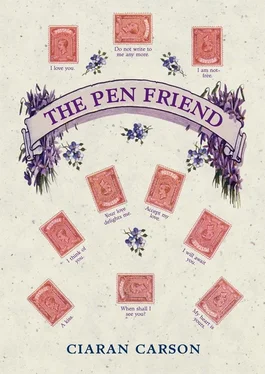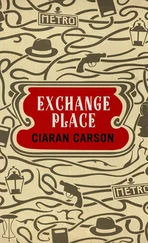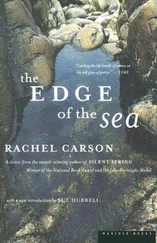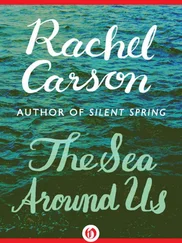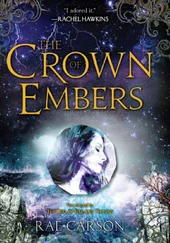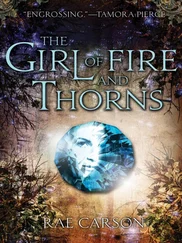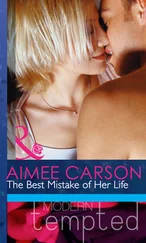My father was one of the few Catholics I knew who habitually read the Bible, not only in English, but in Irish, Scottish Gaelic, and in Esperanto, and when two Mormons would call at our door, he liked nothing better than to invite them into this study to engage in a bout of theological wrangling; and when they spoke of God’s word as represented in the Bible, he would say, which Bible? I used to hear him sometimes trying to convert them to the cause of Esperanto, citing Zamenhof as if he were a Christian prophet, or a Catholic saint, and not the agnostic son of an atheistic Jewish father. And I, with my quill and oak-gall ink would transcribe from the King James Bible, Therefore is the name of it called Babel, because the Lord did there confound the language of all the earth: and from thence did the Lord scatter them abroad upon the face of all the earth .
Not that I am writing now in oak-gall ink. The gum arabic in the recipe would irremediably clog the feed of a fountain pen, and the ferrous sulphate — also known as copperas or green vitriol — would corrode the rubber ink-sac and the metal nib. There is no green vitriol in this modern chemical ink. Nevertheless, as I pour these words on to the page, you must believe that they are imbued with the urge of the medieval scribe to realise the unity of all things. And yet, how hard it is to write the truth sometimes, to make everything connect, to give an accurate account of what was said or done. I realise, for example — since my father never spoke anything but Irish to me — that when I here report his words I must be translating them, and thus interpreting them. Not that I do so consciously, for my memory is not so much of the words themselves, but of the flow of the words, the thoughts communicated by the words, and the images aroused by them.
For I see the Children of Lir in their lonely flight from one abode to the next, and the snow falling softly on the dark, mutinous waves of the Sea of Moyle, without considering what language they are couched in. They are swans in any language. So I think. I wonder if it were so for my father. In many respects, he had a better command of Irish than of English, having come to it with the zeal of a convert who takes nothing for granted. He learned his stories from master storytellers, and learned them properly, complete with the ornate, alliterative leitmotifs that ran as mnemonic and rhythmical devices throughout the narrative, which could not but affect his everyday speech, so that when I transcribe or translate his instructions to me, they appear overly stilted or formal in English; but it was not so in Irish, because those mechanisms are part of the inherited grain of Irish speech. Irish was not his first language, but he spoke it better than I, whose first language it was, and who took it for granted.
As I write with the Swan it makes a little whispery music as it traverses the page. Every pen, every nib is different, and sometimes I fancy I can identify each pen in my collection from its sound alone, the different faint scratches and squeaks they make. And I think of the room depicted in the twice-stolen Vermeer, silent but for the faint music of the quill. Vermeer never sold this painting in his lifetime: after he died penniless on St Lucy’s Day, 1675 — the darkest day of the year — it was one of several given by his widow to the local baker in exchange for a long-overdue bread bill. It then passed through a series of ownerships, some unknown. During its restoration in 1993, it was discovered that not only the wax seal but the stick of sealing-wax had been overpainted, perhaps at the request of a previous owner who considered these to be untidy details. And, thinking of these thefts and veilings and revelations, I now remembered that Gerry Byrne, the artist whose show I curated in Berlin, had made his reputation by reinterpreting iconic works of Irish art: to a mountain landscape by Paul Henry, for example, he would add British army watchtowers, and helicopters in the sky — helicopters, in particular, became a kind of signature of his, an emblem of surveillance.
Byrne was particularly fascinated by the work of Sir John Lavery, who had donated some thirty paintings to my employers, the Belfast Municipal Gallery, in 1929. Among these was the work entitled The Daylight Raid from My Studio Window, 7th July 1917 . It commemorates the occasion when twenty-one German Gotha biplanes carried out the second aerial bombing of London, and were engaged by aircraft of the Royal Naval Service and the Royal Flying Corps. It is a big painting, some six feet by three. Lavery depicts his wife, Hazel, at a window, which, given the scale of things, would be about fifteen feet by eight in real life. When I was first shown this painting by my father I thought the window looked like a real window in the wall of the gallery, giving out on to another world. Hazel Lavery is kneeling at the windowsill, apparently watching the aircraft swirled like insects in the sky beyond.
I seem to remember that the scene prompted my father to embark on a reminiscence of the Belfast Blitz of 1941, but I might be wrong on that point. What I do know is that neither of us were then aware of the painting’s most curious feature, which was pointed out to me by Gerry Byrne some time in about 1979 or 80. See here, said Byrne, and he grasped me by the elbow, you can’t see it unless you’re low down, you have to get the light hitting it at the right angle. See here? and he pointed to an area of the painting which I had always taken for a rolled-down blackout curtain, just above the windowsill. And, as I squinted at it, I could see a darker patch on the putative curtain, shaped a bit like a keyhole. Do you know what he did? said Byrne, there used to be a statue of the Virgin Mary there, he painted it out before he gave the picture to the Gallery, back in the Twenties, and to hide that, he made up a blackout curtain, first curtain I ever saw that rolls from the bottom up. Stroke of genius, or what? and he laughed ironically. And, as he spoke, the keyhole blotch assumed a ghostly figural presence, and there flashed into my mind a vision of just such a statue — Our Lady of Perpetual Succour, to be precise — which had adorned my childhood bedroom. I could see her blue robes, her hands extended in that archetypal gesture of maternal comfort. Old bugger, I suppose he couldn’t have the good Unionist trustees of the Belfast Gallery thinking he really was a Catholic, and his lovely wife a Catholic too, kneeling before an idol of the Madonna, said Byrne.
For I knew that Sir John Lavery had been born in Belfast of impoverished Catholic parents in 1856 or so. The exact date of his birth is unknown. Orphaned at an early age, he was taken into care by relatives in Scotland. He began his working life in a Glasgow studio, retouching photographs, but when the studio burned down he began painting. His reputation was made when he was commissioned by Queen Victoria in 1888 to paint her state visit to Glasgow. Thereafter he moved in the highest echelons of British society. I had thought myself something of an expert on Lavery’s work, and I was a bit piqued when Byrne told me of this sleight of hand. But how did you spot it? I asked him. Oh, I always thought there was something fishy about the blackout curtain, you know, it’s very sloppy painting, unlike the rest of it. So I asked Burrows about it. Burrows? I said. This was Freddy Burrows, the Keeper of Irish Art, my boss; we’d never got on, and he made a point of telling me as little as possible. After all, Conway, he’d say, we’re not here to educate you, I think you’re well able to educate yourself, so just get on with it. Yes, Burrows, I got him over a couple of drinks, and he spilled the beans, said Byrne. I’d always thought of Burrows as an archetypal Presbyterian, certainly not one given to casual drinking. Oh, said Byrne, you’d be surprised, everyone’s got a guilty secret, and he tittered meaningfully. So we’ll have to put things to rights, said Byrne, and over the next few months he worked on a version of The Daylight Raid , painting a garish Madonna on the windowsill, and replacing the German bombers with British helicopters. He called it The Daylight Raid by Sir John Lavery, 1929 .
Читать дальше
